Red Beryl
A variety of Beryl
This page kindly sponsored by Rhiana Elizabeth Henry
About Red Beryl
Formula:
Be3Al2Si6O18
Colour:
Gooseberry red, carmine red, scarlet red
Lustre:
Vitreous
Hardness:
7½ - 8
Crystal System:
Hexagonal
Name:
Originally named bixbite by Alfred Eppler in honor of Maynard Bixby [1853-1935], miner and mineral dealer of Salt Lake City, Utah. Named changed to red beryl to remove any confusion with the species bixbyite, named for the same person.
A variety of Beryl
A gooseberry-red variety of beryl.
Originally described from Maynard's Claim (Pismire Knolls), Thomas Range, Juab Co., Utah, USA.
 Visit gemdat.org for gemological information about Red Beryl.
Visit gemdat.org for gemological information about Red Beryl.
A gooseberry-red variety of beryl.
Originally described from Maynard's Claim (Pismire Knolls), Thomas Range, Juab Co., Utah, USA.
 Visit gemdat.org for gemological information about Red Beryl.
Visit gemdat.org for gemological information about Red Beryl.Unique Identifiers
Mindat ID:
690 (as Red Beryl)
819 (as Beryl)
819 (as Beryl)
Long-form identifier:
mindat:1:1:690:3 (as Red Beryl)
mindat:1:1:819:6 (as Beryl)
mindat:1:1:819:6 (as Beryl)
GUID
(UUID V4):
(UUID V4):
7a801583-92e9-4e46-96e7-2387b9dbf3e5 (as Red Beryl)
c1541908-9337-4779-b66e-b718f8e79388 (as Beryl)
c1541908-9337-4779-b66e-b718f8e79388 (as Beryl)
Physical Properties of Red Beryl
Vitreous
Transparency:
Transparent, Translucent
Colour:
Gooseberry red, carmine red, scarlet red
Comment:
The natural red beryl of this study is characterized by a number of minor and trace elements. Considering the transition metals, the most abundant are Fe (i.e., 21,921 wt ppm) and Mn (i.e., 3057 wt ppm), the latter playing an important role in determining its red color
Streak:
White
Hardness:
7½ - 8 on Mohs scale
Tenacity:
Brittle
Cleavage:
Imperfect/Fair
{0001}
{0001}
Fracture:
Conchoidal, Sub-Conchoidal
Optical Data of Red Beryl
Type:
Uniaxial (-)
RI values:
nω = 1.572 - 1.580 nε = 1.564 - 1.570
Max Birefringence:
δ = 0.008 - 0.010

Image shows birefringence interference colour range (at 30µm thickness)
and does not take into account mineral colouration.
and does not take into account mineral colouration.
Surface Relief:
Low
Comments:
moderate to strong, purplish-red (nε) and orange-red (nω) dichroism
Chemistry of Red Beryl
Mindat Formula:
Be3Al2Si6O18
Elements listed:
Crystallography of Red Beryl
Crystal System:
Hexagonal
Geological Environment
Geological Setting:
Mineralized rhyolite tuffs
First Recorded Occurrence of Red Beryl
Co-First Recorded Localities:
Geological Setting of First Recorded Material:
Mineralized rhyolite tuff.
Associated Minerals at First Recorded Locality:
Synonyms of Red Beryl
Other Language Names for Red Beryl
Varieties of Red Beryl
| Raspberyl | A marketing term for a raspberry-red beryl, also used for some raspberry-red pezzottaite (cesium beryl) crystals from Madagascar. Note that there is no relationship between the raspberry-red colour and the cesium content, i.e. a raspberry-red beryl can be... |
Common Associates
Associated Minerals Based on Photo Data:
| 39 photos of Red Beryl associated with Hematite | Fe2O3 |
| 25 photos of Red Beryl associated with Quartz | SiO2 |
| 22 photos of Red Beryl associated with Rhyolite | |
| 14 photos of Red Beryl associated with Topaz | Al2(SiO4)(F,OH)2 |
| 13 photos of Red Beryl associated with Bixbyite-(Mn) | Mn3+2O3 |
| 7 photos of Red Beryl associated with Pseudobrookite | Fe2TiO5 |
| 6 photos of Red Beryl associated with Beryl | Be3Al2(Si6O18) |
| 5 photos of Red Beryl associated with Holfertite | CaxU6+2-xTi(O8-xOH4x) · 3H2O |
| 4 photos of Red Beryl associated with Garnet Group | X3Z2(SiO4)3 |
| 3 photos of Red Beryl associated with Opal | SiO2 · nH2O |
Other Information
Health Risks:
No information on health risks for this material has been entered into the database. You should always treat mineral specimens with care.
Industrial Uses:
gemstone
Internet Links for Red Beryl
mindat.org URL:
https://www.mindat.org/min-690.html
Please feel free to link to this page.
Please feel free to link to this page.
Search Engines:
Mineral Dealers:
References for Red Beryl
Reference List:
Localities for Red Beryl
Locality List
 - This locality has map coordinates listed.
- This locality has map coordinates listed.
 - This locality has estimated coordinates.
ⓘ - Click for references and further information on this occurrence.
? - Indicates mineral may be doubtful at this locality.
- This locality has estimated coordinates.
ⓘ - Click for references and further information on this occurrence.
? - Indicates mineral may be doubtful at this locality.
 - Good crystals or important locality for species.
- Good crystals or important locality for species.
 - World class for species or very significant.
(TL) - Type Locality for a valid mineral species.
(FRL) - First Recorded Locality for everything else (eg varieties).
- World class for species or very significant.
(TL) - Type Locality for a valid mineral species.
(FRL) - First Recorded Locality for everything else (eg varieties).
All localities listed without proper references should be considered as questionable.
USA | |
| New Mexico Mineral Research |
| www.agmc.info (n.d.) |
| Northrop et al. (1996) | |
| King (n.d.) +1 other reference |
| Montgomery (1934) +1 other reference |
| King (n.d.) | |
| Christian Bracke Collection +1 other reference | |
| Rick Dalrymple | |
| Collected by and in the collection of ... | |
| J. Holfert et al. (1996) |
| A Field Guide to Topaz and Associated ... | |
| Meyer (1982) |
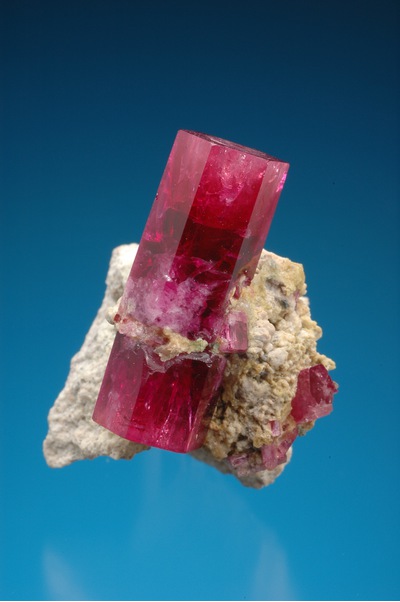
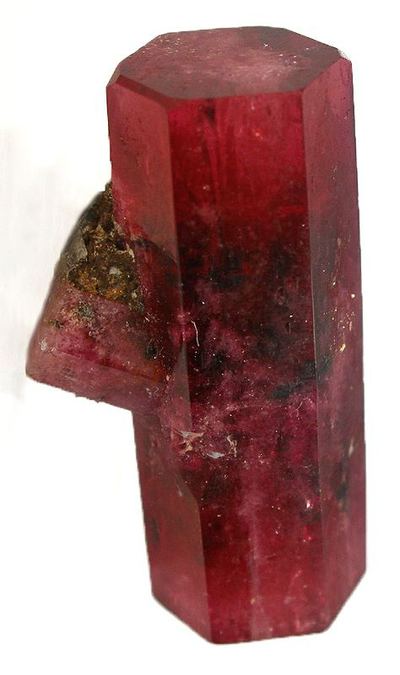
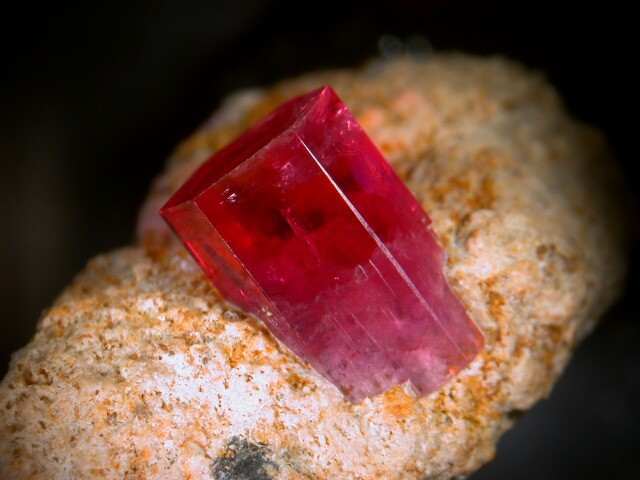
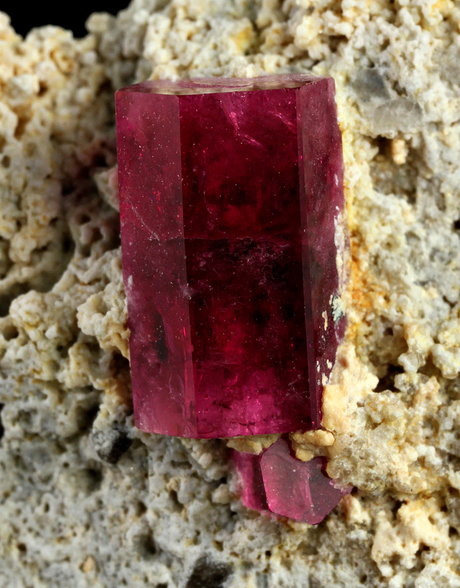

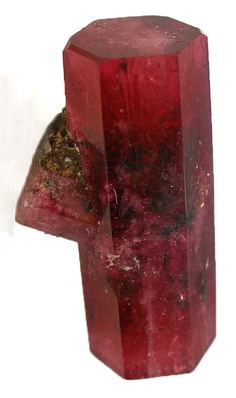

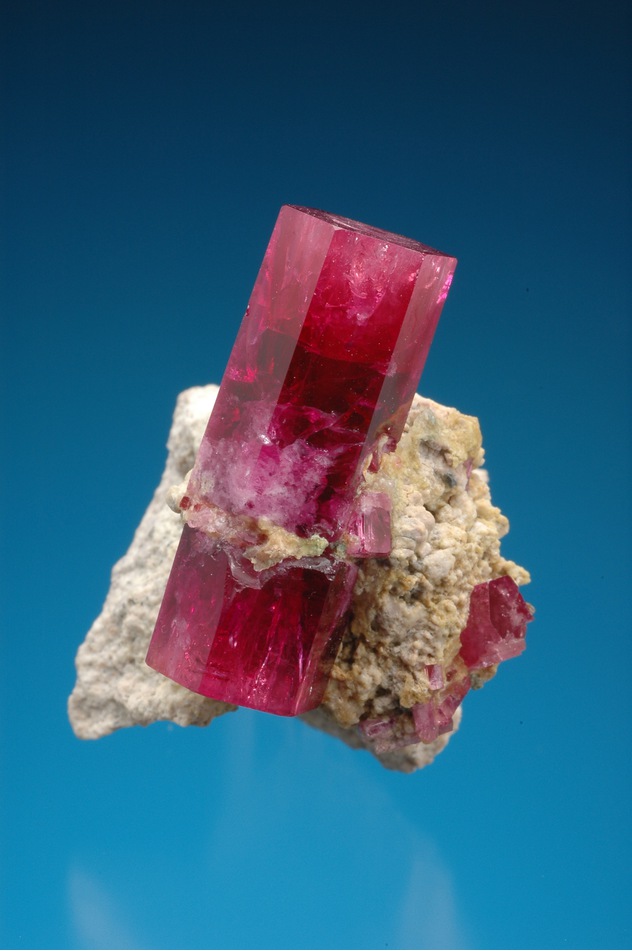

 symbol to view information about a locality.
The
symbol to view information about a locality.
The 



Ruby Violet claims, Beaver County, Utah, USA